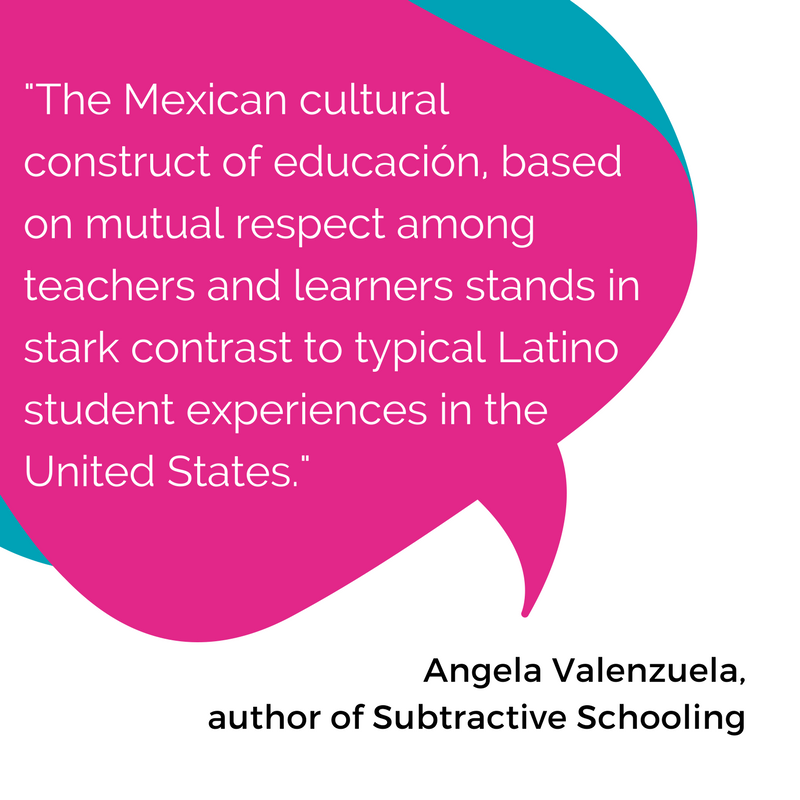4.1. Course Management: Interaction Planning
2. Interaction is an equity concern for underserved students
 Despite the value that having the choice to learn online brings to underserved students, we know that these same students succeed at lower rates. A mixed methods study by Ray Kaupp (2012) analyzed more than 4 million student grades from the California
Community College system. The analysis confirmed the well known achievement gap between white and Latinx students, but it also showed that the achievement gap increases by 44% when we look specifically at the grades of students in online classes.
Despite the value that having the choice to learn online brings to underserved students, we know that these same students succeed at lower rates. A mixed methods study by Ray Kaupp (2012) analyzed more than 4 million student grades from the California
Community College system. The analysis confirmed the well known achievement gap between white and Latinx students, but it also showed that the achievement gap increases by 44% when we look specifically at the grades of students in online classes.
Kaupp also interviewed a small group of Latinx students who had taken at least one online class and a small group of faculty and administrators. He spoke with members of each group and probed to understand what issues might be contributing to this problem. Themes emerged from the responses from the two groups. The online instructors and administrators cited a lack of student motivation and self-directed learning, a lack of technology skills, and literacy challenges stemming from not being native English speakers. The student interviews did not confirm any of the themes that emerged in the faculty and administrator interviews.
When students were asked to describe good and bad online learning experiences, the responses clustered around the topic of student-instructor relationships. One student said this about his instructor from a favorable online class, "“He was very available . . . even through email, he would respond to you as soon as he could.” When asked to describe unfavorable online experiences, responses focused on instructors too. One student said this about his instructor, “We don’t really have a relationship. It’s like, do your work, and so I do my work, and that is about it.” Another student responded, “It’s very much about coursework and that is that. She doesn’t care about what is going on in my life.”
What many educators in the United States fail to recognize is that the way we teach extends a worldview that may clash with our students' cultural experiences. Education is a cultural construct. Educación, the Mexican construct of education, is grounded in a mutual relationship between a teacher and a student, which is dramatically different from the hierarchical and authoritative instructor-student relationship that underpins U.S. higher education. When instructors teach face-to-face, they have ample opportunity to leverage their interpersonal communications to get to know students and create connections with them. When teaching online, an instructor must mindfully construct that presence and foster those connections or they don't exist.
Image text: "The Mexican cultural construct of educación, based on mutual respect among teachers and learners stands in stark contrast to typical Latino student experiences in the United States." Angela Valenzuela, author of Subtractive Schooling
Source: Ray Kaupp, "Online Penalty: The Impact of Online Instruction on the Latino-White Achievement Gap," Journal of Applied Research in the Community College, 2012, eric.ed.gov/?id=EJ1001604. Accessed 7 July 2019.
This page's content is from the Humanizing Online Teaching & Learning Course, developed through a grant from the California Community College Chancellor’s Office, and licensed under a Creative Commons Attribution (CC-BY) license.